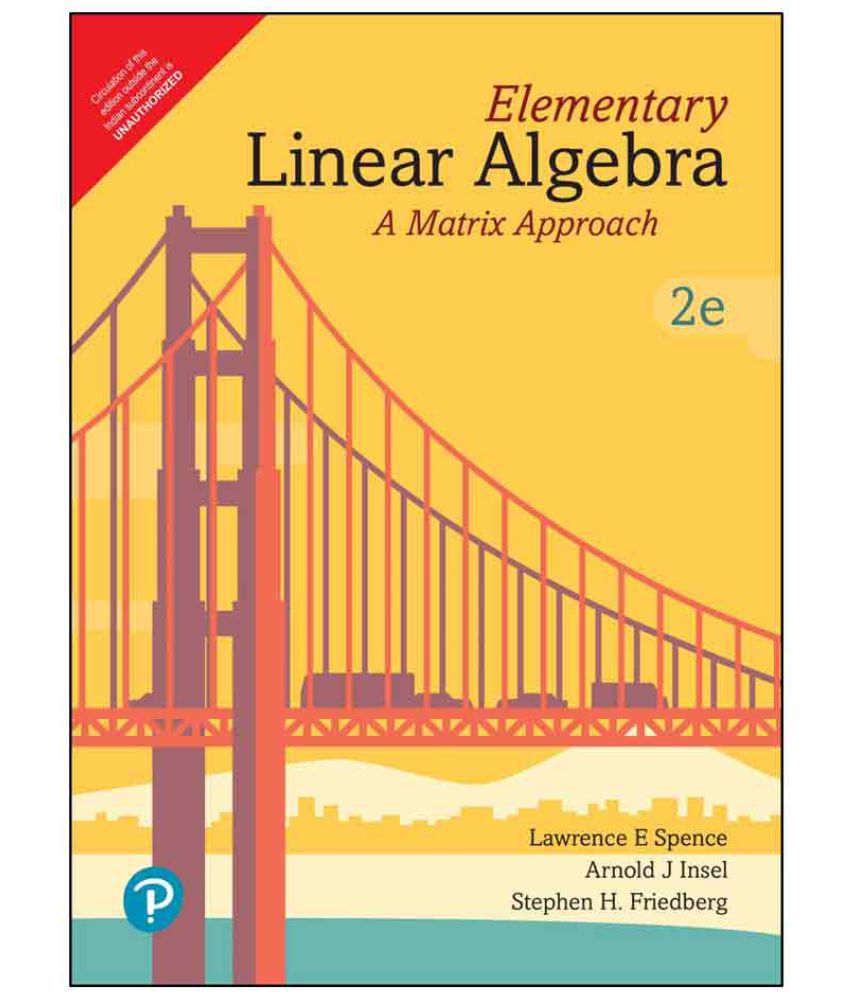Something went wrong. Please refresh the page and try again.
Something went wrong. Please refresh the page and try again.
Notifications can be turned off anytime from settings.
Item(s) Added To cart
Qty.
Something went wrong. Please refresh the page and try again.
Something went wrong. Please refresh the page and try again.
Exchange offer not applicable. New product price is lower than exchange product price
Please check the updated No Cost EMI details on the payment page
Exchange offer is not applicable with this product
Exchange Offer cannot be clubbed with Bajaj Finserv for this product
Product price & seller has been updated as per Bajaj Finserv EMI option
Please apply exchange offer again
Your item has been added to Shortlist.
View AllYour Item has been added to Shopping List
View All

No Cost EMI of Zero Emi Vendor applied on the product
You selected EMI of for monthsChangeGenerally delivered in 6 - 10 days
Item is available at . Change
You will be notified when this product will be in stock
| ||||||||||||||
Based on the recommendations of the Linear Algebra Curriculum Study Group, this introduction to linear algebra offers a matrix-oriented approach with more emphasis on problem solving and applications. Throughout the text, use of technology is encouraged. The focus is on matrix arithmetic, systems of linear equations, properties of Euclidean n-space, eigenvalues and eigenvectors, and orthogonality. Although matrix-oriented, the text provides a solid coverage of vector spaces.
Features
1. Examples in book are accompanied by similar practice problems that enable students to test their understanding of the material Complete solutions to the practice problems are included with the text
2. All computational exercises are designed so that the calculations involve “nice” numbers.
3. Most sections include approximately twenty true/false exercises designed to test a students understanding of the conceptual ideas in each section. (Answers to every true/false are given in the book.
4. Each chapter ends with a set of review exercises that provide practice with all the main topics of each chapter.
5. For a proof-oriented course, the authors have included a significant number of accessible exercises requiring proofs. They are ordered according to difficulty.
6. Book includes wide variety of applications such as:
• Economics (the Leontief input-output model
• Electrical networks (current flow through an electrical network)
• Population change (the Leslie matrix)
• Traffic flow
• Scheduling
• Google searches.
About the Author
Lawrence E Spence,Arnold J Insel,Stephen H. Friedberg
Table of Contents:
CHAPTER 1 MATRICES, VECTORS, AND SYSTEMS OF LINEAR EQUATIONS
CHAPTER 2 MATRICES AND LINEAR TRANSFORMATIONS
CHAPTER 3 DETERMINANTS
CHAPTER 4 SUBSPACES AND THEIR PROPERTIES
CHAPTER 5 EIGENVALUES, EIGENVECTORS, AND DIAGONALIZATION
CHAPTER 6 ORTHOGONALITY
CHAPTER 7 VECTOR SPACES
The images represent actual product though color of the image and product may slightly differ.
Elementary Linear Algebra : A Matrix Approach | Introduction to Linear Algebra | Second Edition | By Pearson
Rs. 625
Register now to get updates on promotions and
coupons. Or Download App